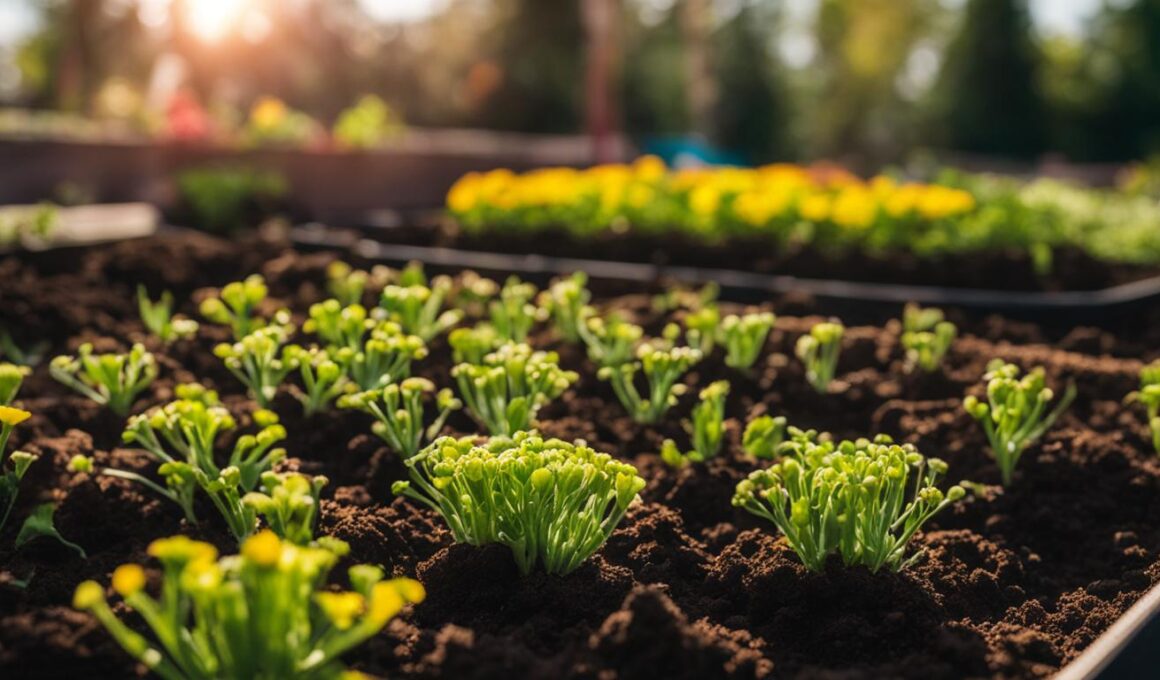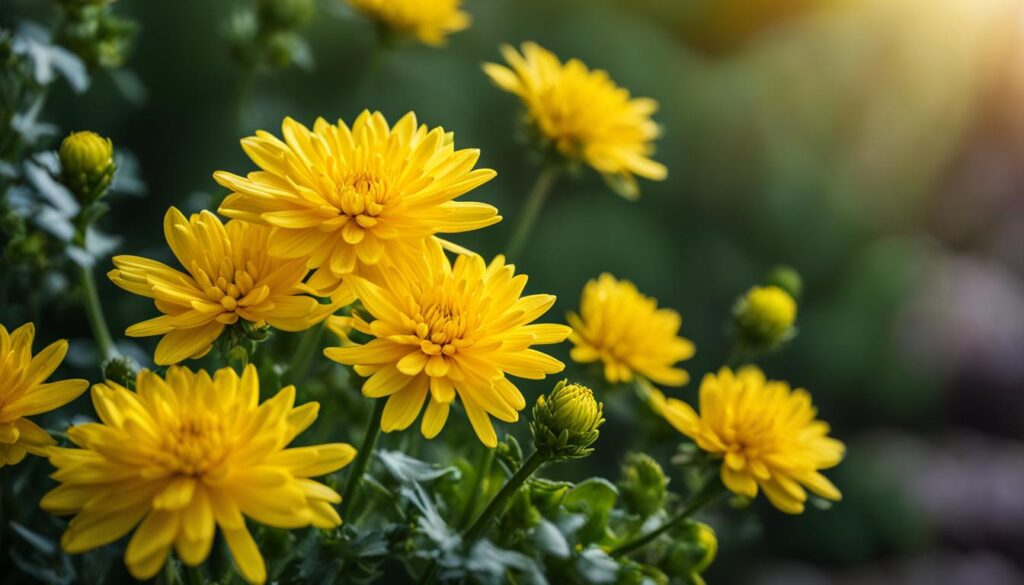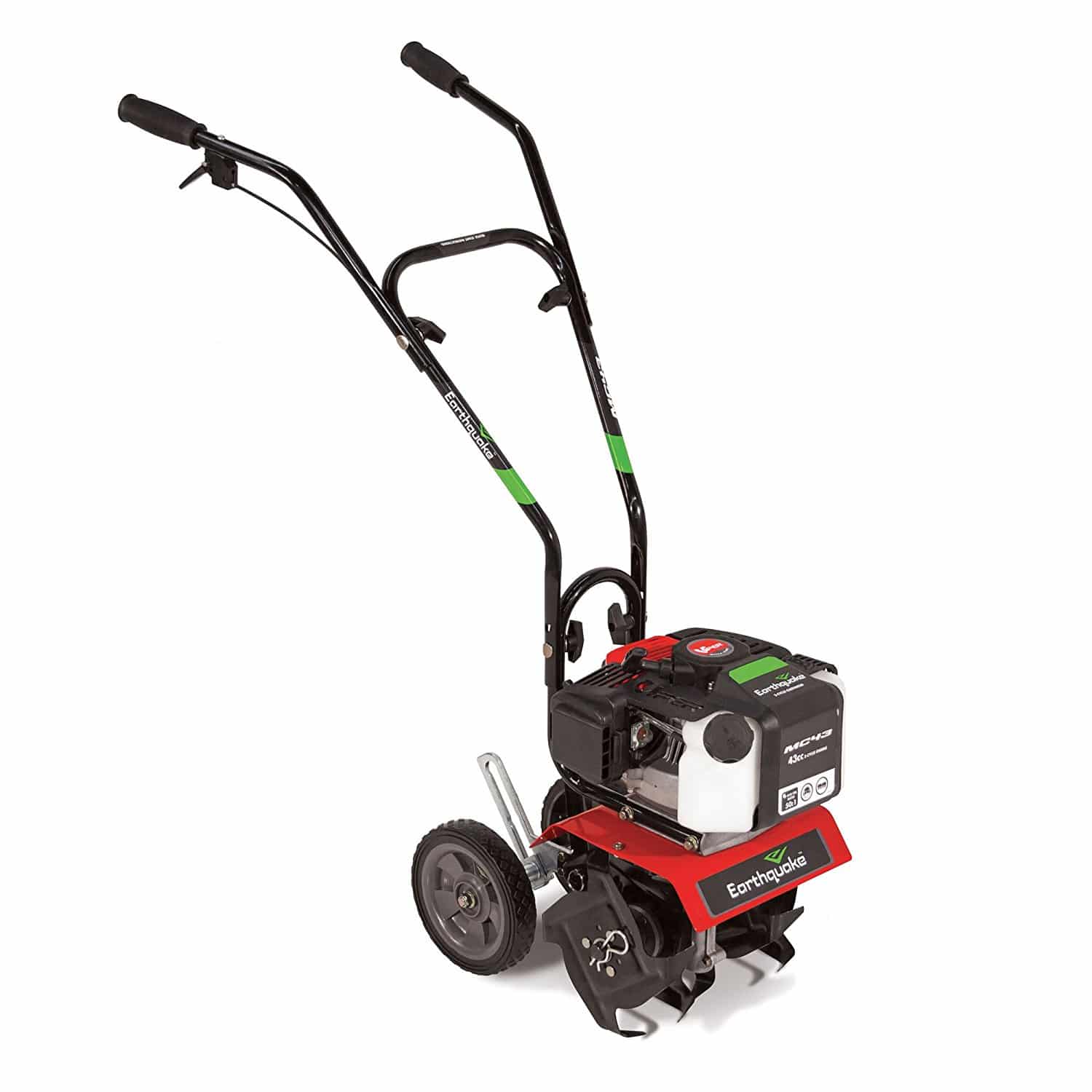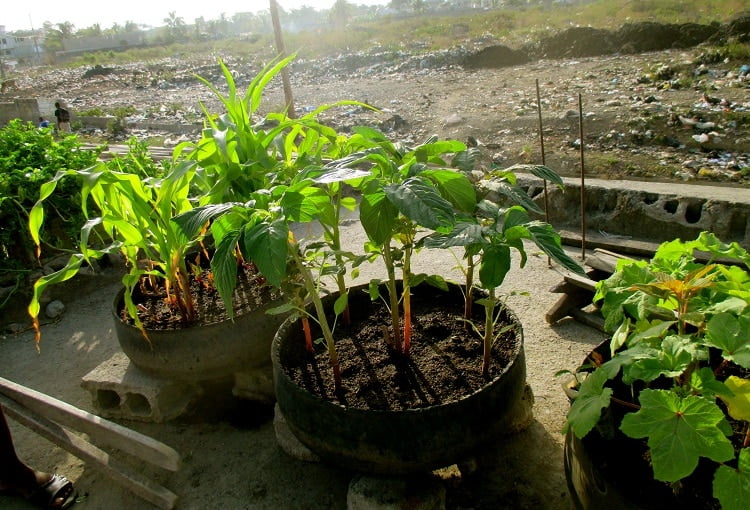Mums are a popular flower for adding vibrant color to gardens, but many people wonder when they will start to grow back after the winter.
There are different types of mums, including garden mums and florist mums, which determine whether they are perennials or annuals. Perennial garden mums can come back year after year, while annual florist mums are treated as decorative annuals and are not expected to survive the winter.
The best time to plant perennial mums is in the spring, giving them plenty of time to establish their roots. If planted in the fall, it may be more challenging for them to survive as they are focused on blooming rather than building a strong root system. Proper planting and care, such as providing full sun and good drainage, can increase the chances of mums growing back successfully.
Post Summary
- Mums are popular flowers that add vibrant color to gardens.
- There are two types of mums: garden mums and florist mums.
- Garden mums are perennials and can come back year after year.
- Spring is the best time to plant mums for optimal growth and survival.
- Providing full sun and good drainage is crucial for the successful growth of mums.
Are Mums Perennials or Annuals?
When it comes to mums, there are two main types: garden mums and florist mums. Garden mums, also known as hardy mums, are perennials that can come back year after year. These mums are hardy in zones 4 to 9 and bloom from late summer to fall. They are a popular choice for gardeners looking for long-lasting flowers that add vibrant color to their outdoor spaces.
On the other hand, florist mums are treated as decorative annuals and are not expected to survive the winter. These mums are often found at grocery stores and flower shops and are bred for their ornamental qualities rather than their ability to withstand colder temperatures. While they may not come back year after year, they can still provide a beautiful display of flowers during the autumn months.
It’s important to understand the type of mum you have to determine whether it is a perennial or an annual. Perennial garden mums have the potential to grow back each year, while annual florist mums are typically replanted annually for their decorative value. Knowing the type of mum you have will help you plan and care for them accordingly, ensuring they thrive in your garden.
In summary, mums can be either perennials or annuals. Garden mums are perennials that can come back year after year, while florist mums are treated as annuals and are replanted each year. By understanding the type of mum you have and providing proper care, you can enjoy the beauty of these flowers in your garden season after season.
How to Plant and Care for Mums
If you want your mums to thrive and grow back year after year, proper planting and care are essential. Follow these tips to ensure the success of your mums:
Planting Mums:
- Choose a location with full sun and good drainage for optimal growth.
- Dig a hole slightly larger than the root ball of the mum plant.
- Place the mum plant in the hole, ensuring that the top of the root ball is level with the soil surface.
- Backfill the hole with soil, gently firming it around the plant.
- Water the mum plant thoroughly after planting to settle the soil and provide initial hydration.
Caring for Mums:
- Water mums regularly, especially during dry spells, as they have shallow root systems.
- Provide adequate moisture, but avoid overwatering, as excessive moisture can lead to root rot.
- Pinch off spent blooms to encourage new flower growth and maintain a tidy appearance.
- Prune mums early in the season to promote bushiness and strong root growth.
- Apply a slow-release fertilizer in early spring to provide necessary nutrients.
- Adding a layer of mulch around the base of the mum plants can help retain moisture and regulate soil temperature.
By following these planting and care guidelines, you can increase the chances of your mums growing back successfully and enjoying their vibrant blooms year after year.
Conclusion
Mums can be a beautiful addition to your garden, bringing vibrant colors to your outdoor space during the late summer and fall months. Whether you choose perennial garden mums or annual florist mums, they can create a stunning display that will enhance the overall aesthetic appeal of your garden.
By following the guidelines outlined in this spring gardening guide, you can increase the chances of your mums growing back successfully. Planting them in the spring allows them ample time to establish their roots and build a strong foundation. Ensuring they receive full sun and good drainage is essential to their growth and survival.
Regular care and maintenance are crucial for the well-being of your mums. Watering them regularly, especially during dry spells, and pinching off spent blooms can encourage new flowers to bloom. Additionally, early season pruning and providing a slow-release fertilizer can promote bushiness and strong root growth.
With the information provided in this guide, you now have the knowledge and tools to revitalize your garden with the vibrant beauty of mums. Whether you’re a seasoned gardener or a beginner, mums are a versatile and rewarding choice that will bring joy and color to your outdoor space year after year.
FAQ
Are mums perennials or annuals?
Perennial garden mums can come back year after year, while annual florist mums are treated as decorative annuals and are not expected to survive the winter.
When is the best time to plant mums?
The best time to plant perennial mums is in the spring, giving them plenty of time to establish their roots.
How should I plant and care for mums?
When planting garden mums, choose a location with full sun and good drainage. Dig a hole slightly larger than the root ball and water well after planting. Water mums regularly, especially during dry spells, and pinch off spent blooms. Prune mums early in the season and provide a slow-release fertilizer to promote bushiness and strong root growth.
What types of mums are available and how do I choose?
There are various types of mums, such as decorative mums, daisy mums, and low-growing cushion mums. Consider the size, color, and bloom time of the mums when choosing for your garden.
Will My Mums Grow Back If I Plant Them After They Bloom?
Yes, planting mums after blooming can result in new growth. After the flowers fade, cut the plant back and transplant it into well-drained soil with plenty of sunlight. With proper care, mums can return the following year, bringing a burst of color once again.










